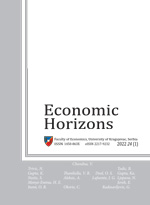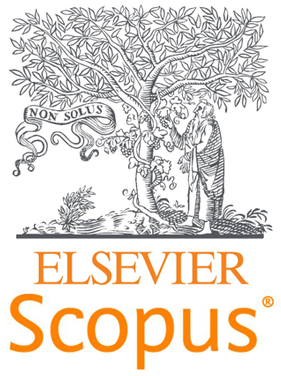DETERMINANTS OF ABNORMAL AUDIT FEES IN INTERNATIONAL FINANCIAL REPORTING STANDARDS-BASED FINANCIAL STATEMENTS
Henry Emife Monye-Emina1 and Edirin Jeroh2
1Department of Accounting, University of Benin, Benin-City, Edo State, Nigeria
2Department of Accounting, Delta State University, Abraka, Nigeria
This study essentially examines the audit effort as a possible determinant of the abnormal audit fees evinced in International Financial Reporting Standards-based financial statements. Therefore, the secondary data were sourced from the audited annual reports and the relevant financial statements of the Nigerian listed banks for the period of observation (2010-2019). An analysis was performed using the relevant techniques that include descriptive statistics, the correlation matrix and panel regression. The findings showed that the IFRS, the client complexity (CPX) and the client size (SIZ) were negatively correlated with abnormal audit fees (ABFEE), whereas joint audit (JAD) recorded a positive correlation with such abnormal audit fees. Lucidly, joint audit showed a stronger relationship with abnormal audit fees, whereas the client size showed a significant, but negative relationship with abnormal audit fees. Similarly, the fact that, with a probability value 0.9494, the relationship between ABFEE and the client complexity was not significant was noticed. Given these research outcomes, it can be concluded that abnormal audit fees are primarily motivated by extra or unexplained audit efforts and the costs associated with them. It is, therefore, recommended that, proportionately with the service(s) rendered, accounting professional bodies should review, harmonize and tactically institute a limit for professional charges through the enforcement of regulated benchmarks for audit fees payable by clients.
Keywords: abnormal audit fee, IFRS, joint audit, client size, audit effort
JEL Classification: C23, G21, M4, M42




